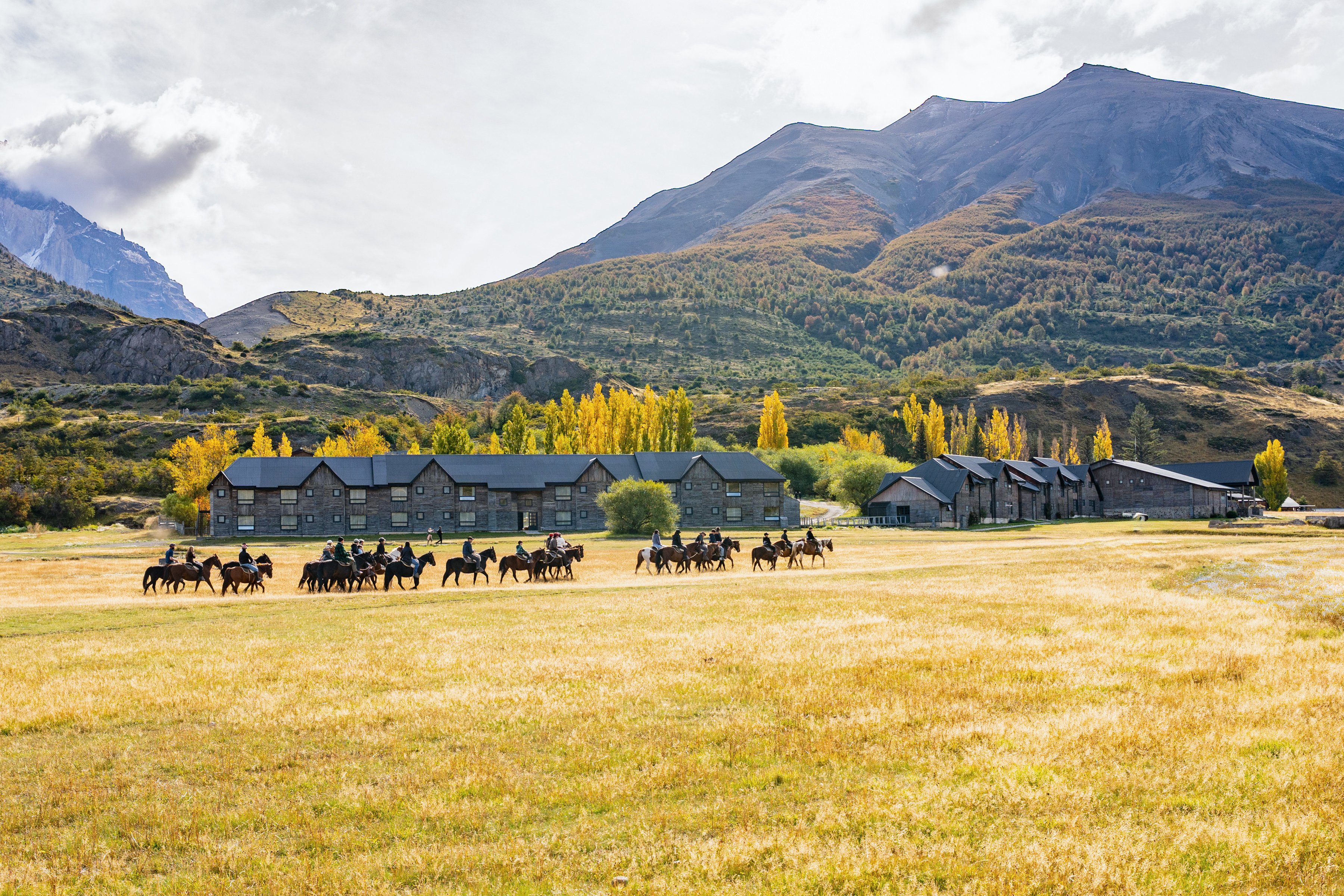The best tips for O Circuit Patagonia
O Circuit Patagonia: The circuit is the greatest challenge that hiking fans will find in Torres del Paine National Park. The trail circumnavigates the entire park, allowing you to see each of the impressive natural geographical landmarks in the reserve. Do you have questions about undertaking the O Circuit? Below you’ll find all the tips you need in order to embark on this great adventure.
What’s the difference between the W and the O?
The W and the O are trails in the park that take their names from the shape of their layout. The W Circuit goes up and down the map, while the O is a complete loop that starts and ends at the same point, allowing you to see all the landmarks the park has to offer.
The W Circuit extends over a route of approximately 72 kilometers, and crossing it in its entirety can take between 4 and 5 days. On the other hand, the O is approximately 93.2 kilometers long and, due to its difficulty, can take about 8 days to hike it completely.
The highest point in the W is 1,200 meters above sea level, while the highest point in the W reaches 850 meters above sea level.

How many days does it take to complete the O Circuit, and how challenging is the route?
There are several ways to do the O Circuit. We recommend taking one of our Las Torres Patagonia 8-day programs. We take care of planning each section of the route for you, so you only have to worry about enjoying the adventure of the trip.
Our 8-day program includes the following:
Day 1: Transport by regular bus from Puerto Natales to Torres del Paine, lodging in Serón Sector.
Day 2: Hike to Dickson, stay the night in Dickson.
Day 3: Hike to Los Perros, stay the night in Los Perros.
Day 4: Hike to John Gardner Pass and Grey Lake, stay the night in Grey Sector.
Day 5: Hike to Paine Grande, stay the night in Paine Grande Sector.
Day 6: Hike to Valle del Francés, stay the night in Sector Francés o Cuernos.
Day 7: Hike to Central Sector, stay the night in Sector Central.
Day 8: Hike to Base Torres, return to Puerto Natales.

What’s the best time of year to do the O?
When you immerse yourself in Patagonia, no two days will be the same. In Torres del Paine, the weather can change at any moment. You can wake up to snow in the morning, and by midday the white blanket that used to cover the area has disappeared into a relaxing summer day.
It is important to remember that the season for the O Circuit is open from November to March, so be sure to plan your vacation with those months in mind in order to enjoy your trip without complications.
During the Patagonian spring, September to November, temperatures vary between a low of -1º C (30º F) and a maximum of 22º C (72º F). And because this is summer in Patagonia, there are 12 hours of daylight per day, with sunsets at around 6 pm.
Summer, December to February, is when most visitors flock to the National Park. This is because of the pleasant weather and warmer temperatures, which range between 11º C (52º F) and 28º C (82º F). This is the time of year when all sections of the park are open to the public and the vegetation is blooming with all its colors, and the wildlife can be seen more often roaming in the park.
However, this is also the season where you will find more hikers on each of the trails, so you may find longer lines in the sections where the paths narrow.
In autumn, which is from March to April, temperatures begin to drop and range between a low of 3º C (37º F) and 24º C (75º F). This is also when you can find the warmest colors that the park has to offer, with golds, oranges, and reddish foliage painting the landscape like postcards worthy of the romance of autumn. Keep in mind that during the last weeks of April, the shelters and other lodging areas will begin to close for the oncoming winter season.

What should I bring?
In addition to all the usual mountain and hiking gear that you use for the outdoors, here are some recommendations that you will thank us for when you find yourself in more adverse conditions.
One of your greatest allies on the trip will be wearing clothes that can be replaced as the weather demands, so it is important to wear clothes that allow you to wear 3 layers without affecting your mobility. We recommend a GORE-TEX jacket, which has a porous membrane that makes the outer layer waterproof and breathable at the same time, thanks to the pores of the material itself.
Don’t forget to bring a first aid kit with paracetamol, ibuprofen, sunscreen, and adhesive bandages for any cuts or blisters on your feet.
To keep your backpack organized, we recommend that you pack your clothes by day, so you have each day’s clothes in separate bags: your pants, shirt, layers, and underwear for that day. This way, you’ll have each day’s clothes readily at hand without having to look through your whole pack.
Come join us on this adventure, we’ll be waiting for you!




.jpg)